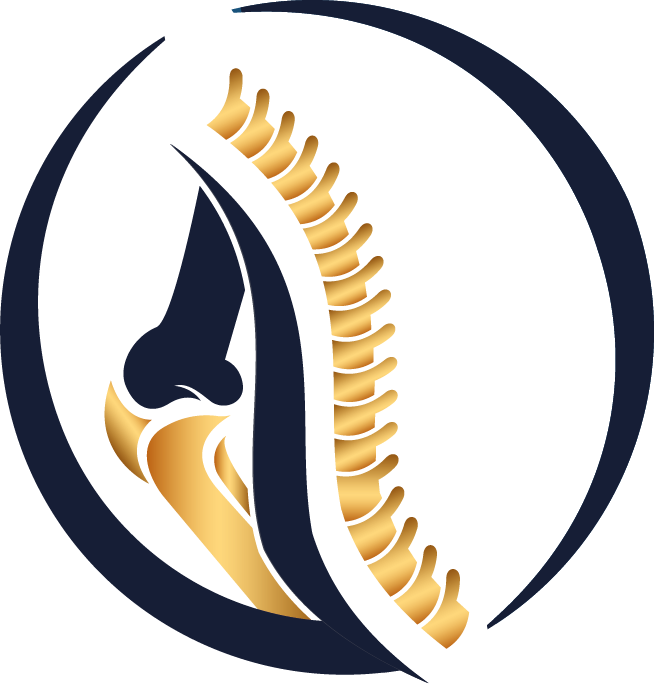
Early Weight-Bearing and Functional Rehabilitation After Achilles Tendon Rupture
The centre of recovery is a thoughtful blend of early, protected weight-bearing and functional rehabilitation. With the right safeguards, early loading limits stiffness, supports swelling control and maintains healthy gait patterns.
Who is it for? Both operative repairs and selected non-operative cases can follow a protect-then-activate pathway. Wound issues or uncontrolled swelling are addressed first; then we tailor the plan.
How do we load early—safely?
Use a boot with heel lifts in the first weeks to relax the repair. Start with pain-free, tolerable loading and taper crutches as control improves. Avoid excessive early dorsiflexion to prevent tendon lengthening.
Recovery roadmap
Weeks 0–2: Boot in equinus, partial load with crutches. Toes/intrinsics/knee/hip isometrics; active plantarflexion in a pain-free arc. Do not pass neutral in dorsiflexion.
Weeks 2–6: Reduce heel lifts gradually; progress to full weight-bearing in the boot. Active ROM to neutral; light banded plantarflexion and balance work (in-boot).
Weeks 6–9: Transition to a trainer with a heel lift; double-leg heel raises, stationary bike, pool walking. Increase dorsiflexion gradually (still no aggressive stretching).
Weeks 9–12: Single-leg heel-raise progression, eccentric calf loading; criteria-based light jogging may start. Months 3–6: return-to-sport testing with agility/plyometrics.
Criteria before dates: Pain/swelling control, gait symmetry, heel-raise quality/reps, calf girth and single-leg balance set the pace. Big jumps in load and early aggressive dorsiflexion are the main pitfalls.
Surgery or non-operative? Tear characteristics, tendon apposition, soft-tissue status and sport goals guide the choice. Either way, functional rehab is the key to long-term strength and confidence.
Tell us your stage and goals; we’ll send a personal loading & exercise plan within 24 hours.
 Türkçe
Türkçe
 Arabic
Arabic
